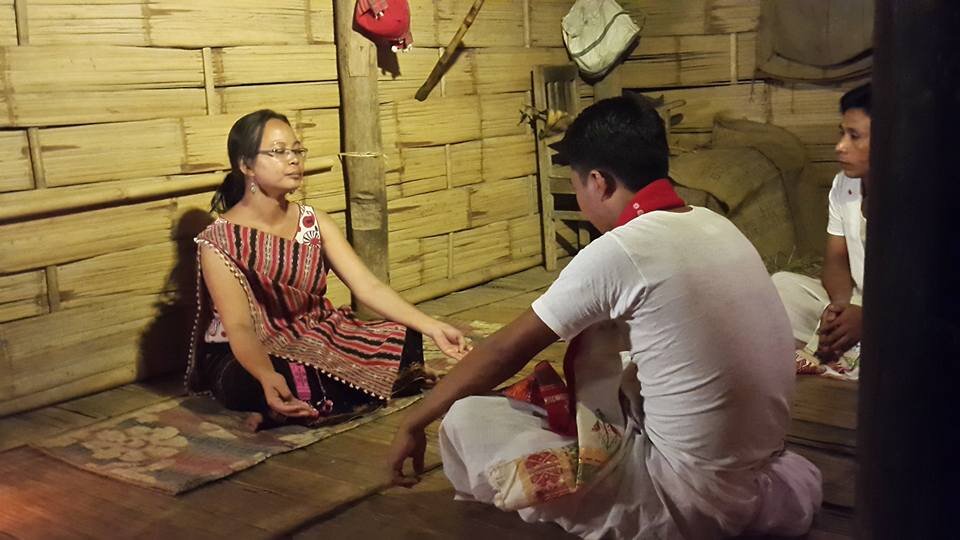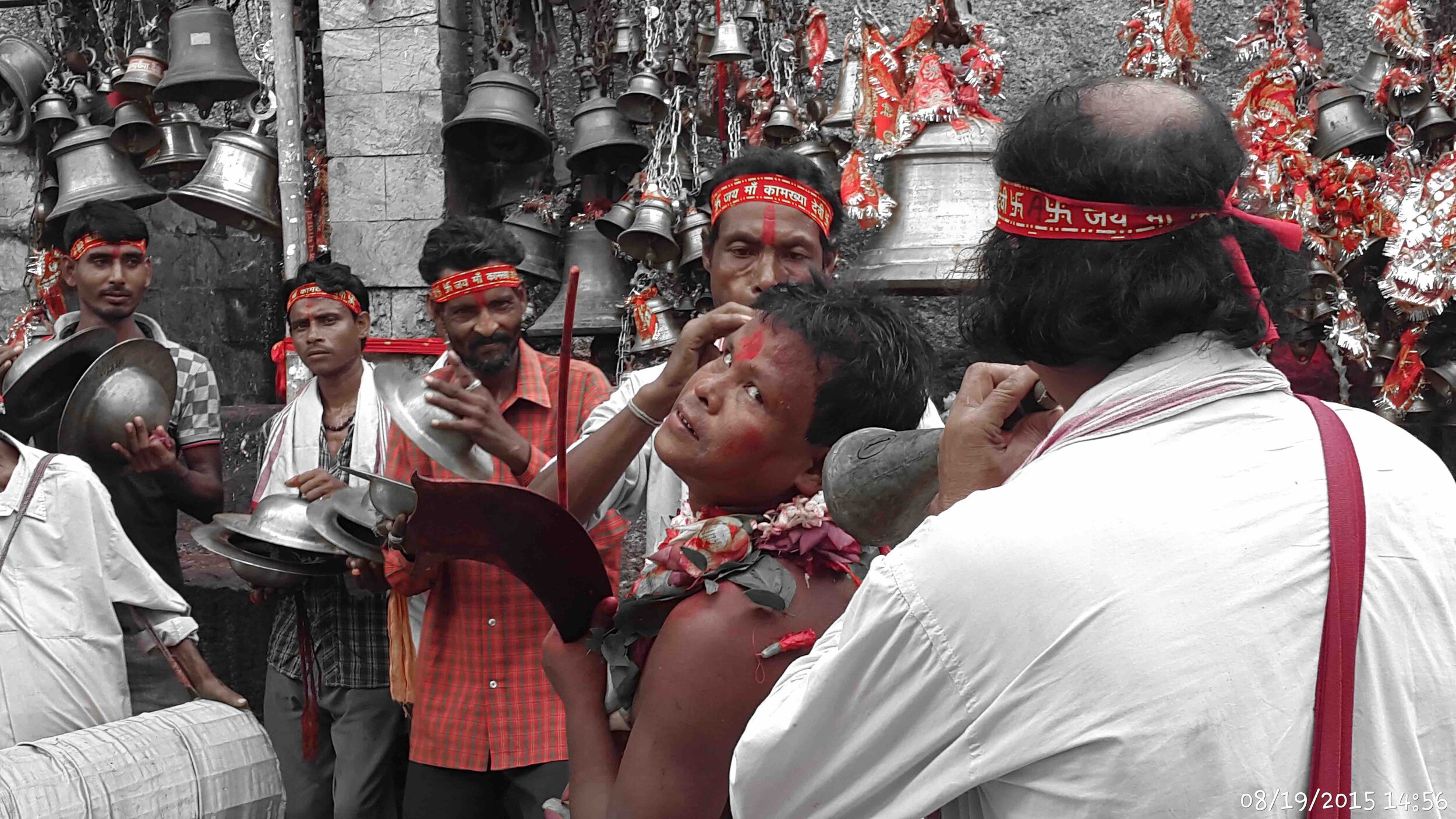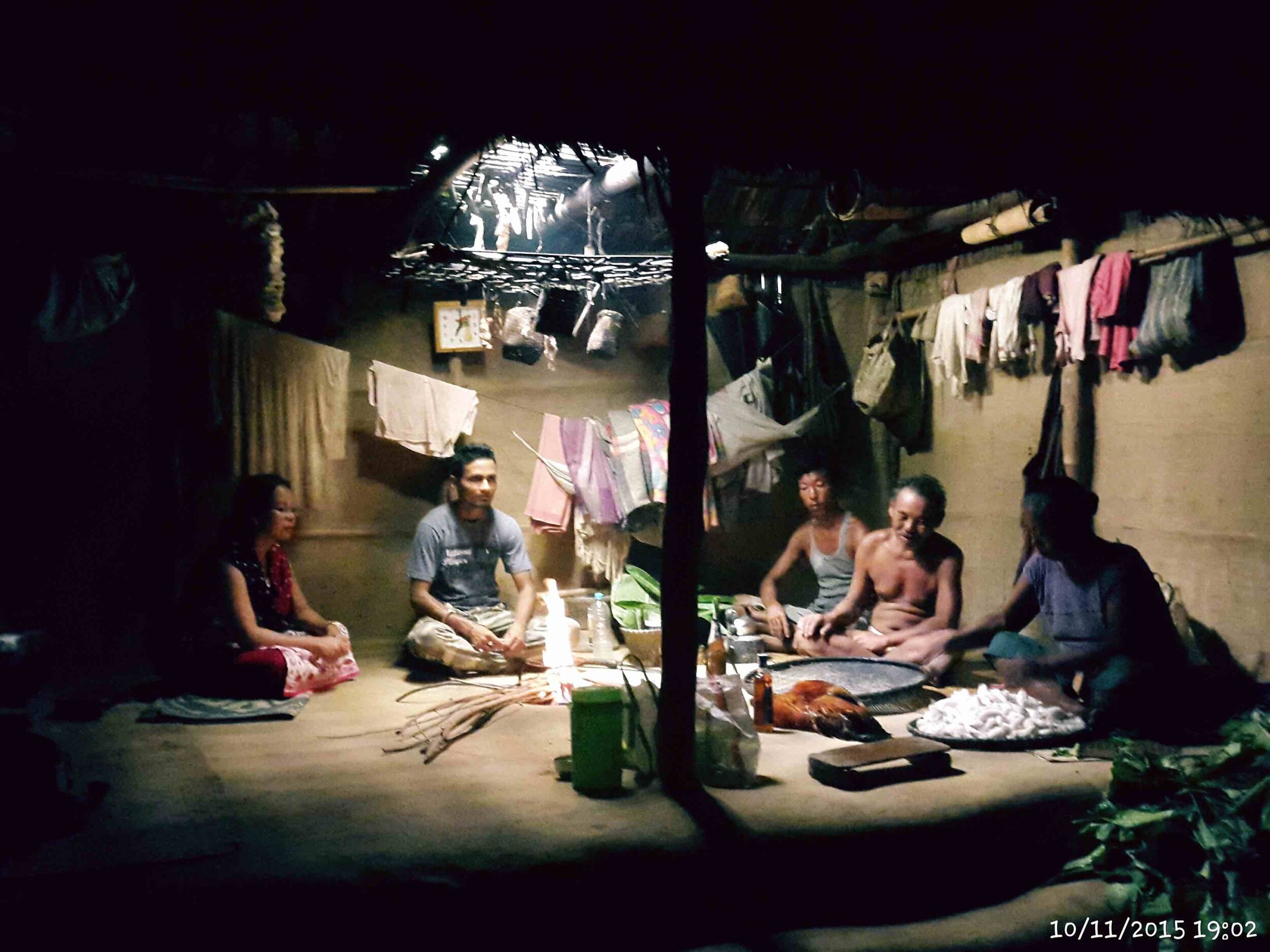The Witch-hunt Diaries [Undercover Asia: Season 3]
In the tribal belts of India’s Northeast, a 48 year-old widow is branded a witch and brutally lynched by her own people. In another part of the region, a witch-hunt survivor, banished from her own village for over 10 years, prepares to reclaim her life lost in superstition.
Witch-hunt Diaries is the story of these two women, caught in a terrifying, medieval ritual that claims over a hundred lives in India every year.
.
As the film moves between a murder investigation and a real-time rehabilitation, it takes the viewers into a secret world, where centuries-old belief systems continue to be sacred. It reveals a land of magic and mystic rituals – where sorcerers cast spells, deities possess devotees, and witchdoctors turn into witches.
It also sets up a clash of 2 worlds - where science often collides with the supernatural, and the rationalist questions the believer.
Undercover Asia - Channel News Asia’s award-winning investigative series returns for a third season to expose the secret underbelly of Asia. Through in-depth, hard-hitting documentaries that explore untold stories of crime, violence and injustice lurking within the hidden fabric of our own societies!
The series was broadcast as part of Undercover Asia and journeys into the heart of darkness and intrigue to reveal the sins, sorcery and superstition of India’s witch-hunts!
Behind the Scenes






Director’s Notes
Why did we choose to make a documentary on India’s witch-hunts?
Few people know that witch-hunts continue to haunt the tribal belts of India. It’s triggered by a centuries-old belief in the power of the witch and tragically claims over a hundred lives every year. The victims are mostly women, brutally murdered by their own people. Thousands more suffer tremendous physical & psychological abuse – stigmatised, tortured, either ostracised and forbidden social contact or forced to live in hiding.
Our documentary Witch-hunt Diaries is the story of two women, caught in this terrifying, medieval ritual.
Why Assam?
Although Assam is a melting pot of diverse identities and ethnicities, there is a deep-rooted belief system that's part of Assam's social & religious fabric. It is therefore as much a land of conflict, as it is of magic and mystery. This adds an intriguing layer to the traditional narrative of the Indian witch-hunt, which we were keen to explore.
We also realised that this is a place where science collides with the supernatural. In order to strike a balance between the rationalist and the believer, it was important to draw the line between this sacred ancient belief system, and its exploitation to suit deeper, sinister motives. These nuances would have only been possible in a story set in Assam.
But more importantly, we chose Assam because witch-hunt convictions were close to nil here. Anti witch-hunt crusaders were pushing for a strict anti witch-hunt law in the state. Towards the end of 2015, their efforts paid off, forcing the government of Assam to pass one of the strictest anti witch-hunt laws in the country, making any offence under the Act non-bailable, cognizable and non-compoundable.
The state's law enforcement agencies too have now been given teeth to deal with such cases. We wanted to examine the efficacy of this law at the field level - for instance, would it be able to discern between the traditional belief system and its extremism which manifests in the social evil of witch-hunting?
More importantly, can witch-hunt victims and their families truly expect justice, closure and deterrence?
On Location
We went in expecting hostility - given that we were investigating a witch-hunt murder in a village, where many were part of the mob that lynched the victim. We knew we had to get to the truth of who and what led to the witch-hunt, without antagonising the people involved. We decided to go ahead without any formal protection, so as to maintain the sense of an independent investigation. Also, this was in the heart of an insurgency belt, where the local police measured their steps. The filming therefore, had to as non-intrusive, and observational as possible.
But as we spent time there, and got to know the people involved, it drove home the point that witch-hunts spare no one. We discovered that behind every witch-hunt lies a story of complex social dynamics and ruined lives. There are no winners here. It was heart breaking to see how allegations of witchcraft drove daggers between mothers and daughters. Clearly, this is a world where the belief in witchcraft is stronger than witchcraft itself.
It was also fascinating to be filming in this space where magic and supernatural is ubiquitous. One of our most intriguing shoots was when a local faith healer not only agreed to let us film his secret rituals, but also wanted to conduct an experiment on volunteers from our crew. He said that he would try transferring the spirit of the ‘Gods’ into them, and they would then go into a trance. This was an opportunity we could not pass. So we headed to his place well after midnight, where he had already set up for the ‘experiment’. While the experience was undoubtedly eerie and exciting, the result of the 2 hour-long séance were ambiguous to say the least.
Our crew volunteers, though completely in their senses did admit to feeling a light, ‘unnatural’ tremor, while a stranger who was also a part of the experiment, did indeed go into a very violent trance-like state.
He may or may not have been a plant. According to the faith healer, our volunteers lacked faith and were perhaps not open of surrendering to the spirit, or did not believe in the idea of spirit transfer, and therefore the results were not the same. This experiment unfortunately did not make it to the final cut of the film.
The other story in the documentary – that of the real time Rehabilitation of a witch-hunt victim in Goalpara, was one of our most challenging shoots, at the fag end of the schedule. We hit a sudden roadblock when the local police in an unexpected volte-face, refused to accompany the Rehab team to the victim’s village. They had originally agreed to help the victim negotiate truce with the hostile villagers who had banished her from their village. The victim hoped that with formal police intervention, the villagers would allow her to reclaim her life lost in superstition. However, the police's lack of support completely jeopardized the Rehab Mission and the safety of the team. The Police even warned us not to go ahead as it could potentially snowball into a dangerous law and order run-in with an angry mob. But with so much at stake and witch-hunt victim hoping to rebuild her life again, we decided to continue with the Operation. Our best bet was to convince the Village Chief to align with us, hoping that it would buy us our insurance. Fortunately for us, he agreed to facilitate the meeting.
Can witch-hunts be taken up a central subject and be declared illegal in India? Can the law be sensitive enough to discern between a belief system and its exploitation for vested interest through social evils like witch-hunts?
Given that faith healing is a part of the social fabric, and that faith healers hold hold tremendous clout in the region, it would be beneficial to get them to complement modern medicine, instead of being at loggerheads. It’s important to channelize the social bonding of the region for constructive community building activities instead of witch-hunts etc. This has to be a systemic effort.
Credits
Executive Producer | Creative Director
Mayurica Biswas
Researcher
Chitralekha Barua
Executive Producer
Joshua Whitehead
Associate Producer
Aditi Dave
Director of Photography
Gurvinder Singh
Line Producer
Meghna Choudhury
Editor
Umesh Gupta
Writers
Mayurica Biswas | Joshua Whitehead
Narrator
Andres Williams
Assistant Editor
Rohan Gogate
Additional Camera
Amiya Ranjan Das | Durgesh Wagle | Prayash Sharma Tamuly
Interpretor - Karbi Anglong
Cliffter Jones Phangcho
Sound
Amit Singh
Translator | Transcriber
Aditi Dave | Meghna Choudhury|Debasmita De| Hemanto Borah|Bharat Terang |Sangeeta Chamua|Watson Hanse|Minerva Engti|Nong-E Terang | Sarim Tisso|Hangmiji Hanse|Tilottama Bhuyan|Bikram Hanse|Lipson Rongpi
Assistant Cameraperson
Vivek Singh
Graphics
Pachisframe
Title Graphics
Abundant Productions
FOR CNA
Assistant Producer
Sara-Ann Yumi R
Music
Audio Network |Dharm Singh Terron [Karbi Death Song]
FOR CNA
Commissioning Editor
Mok Choy Ling
Online
Prime Focus Technologies | Prashant Roul
Special Thanks
Chitralekha Baruah|Dharmsing Terron|Mahesh Sharma|Hitesh Basumatary|James Handique|Sushanto Roy|Birubala Rabha|Tridip Mandal


